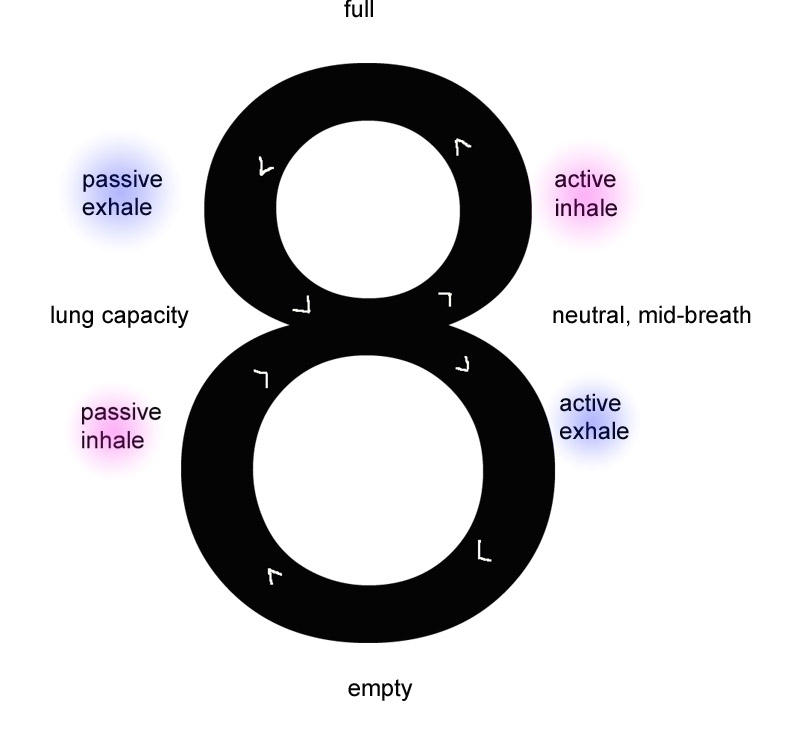
I am writing this in honor of my lapse in yoga practice. Once I confess this sin, I can go and sin no more – that is, get back into my practice. Don’t know what happened, I was ill at the end of Feb. and since then the dark, grey days of late winter have left me unmotivated for movement.
Why is yoga practice so important? I have enough to do, cuddling my boy, practicing flute, teaching and rehearsing. Why? Because I feel like a dog’s breakfast if I don’t. Or like a rusted-out car.
I have a great teacher, we’ve been working privately for the past 6 years. At first we did Ashtanga, then more mixed with Hatha and Universal Yoga. I think she deserves a separate blog entry for the future.
When I was in school, I had wonderful flute teachers. Since graduating, I joked that my Alexander Technique teacher was my best flute teacher, and she was for those three years after school. Now, I think my yoga teacher is my best flute teacher, although she says for my Ayurvedic type (Vata), flute playing is not the healthiest activity for me.
After all these years, I should know something by now about my body and how to use it to breathe and play the flute. Abdominal breathing helps – pranayama (breathing exercise) helps too. These are calming, expanding concepts. I also love Michel Debost’s ideas from The Simple Flute about expansion and retention.
Sometimes, however, I find that Uddiyana Bhanda works. That’s what all flute teachers tell you never to do! It’s the diaphragm lock – you inhale while drawing the abdomen in and expanding the ribcage. This gives you a rush of energy in your upper body. No, I don’t play like that, but if I need a kick, this is what I do. Peter Lukas Graf’s 2nd breathing exercise in Check Up for Flutists partially uses this concept – although he doesn’t use the yogic terms.
Speaking of diaphragm! I learned through Lea Pearson’s book Body Mapping for Flutists that the concept of breathing through, or using, the diaphragm is pointless. You cannot control it or feel it directly, as its movement is regulated by the abdominal muscles.
These are the muscles you need to control: these in turn are connected to the long, long muscles psoas major, (if I remember correctly), which are connected to the outer edge of the diaphragm and run all the way down to the legs! That’s why it’s important to keep excess tension out of the legs, it really can inhibit the movement of the diaphragm.
More research is needed on my part, so I’ll stop here. I thought I’d pass this on though, because it really makes sense to me anatomically.



